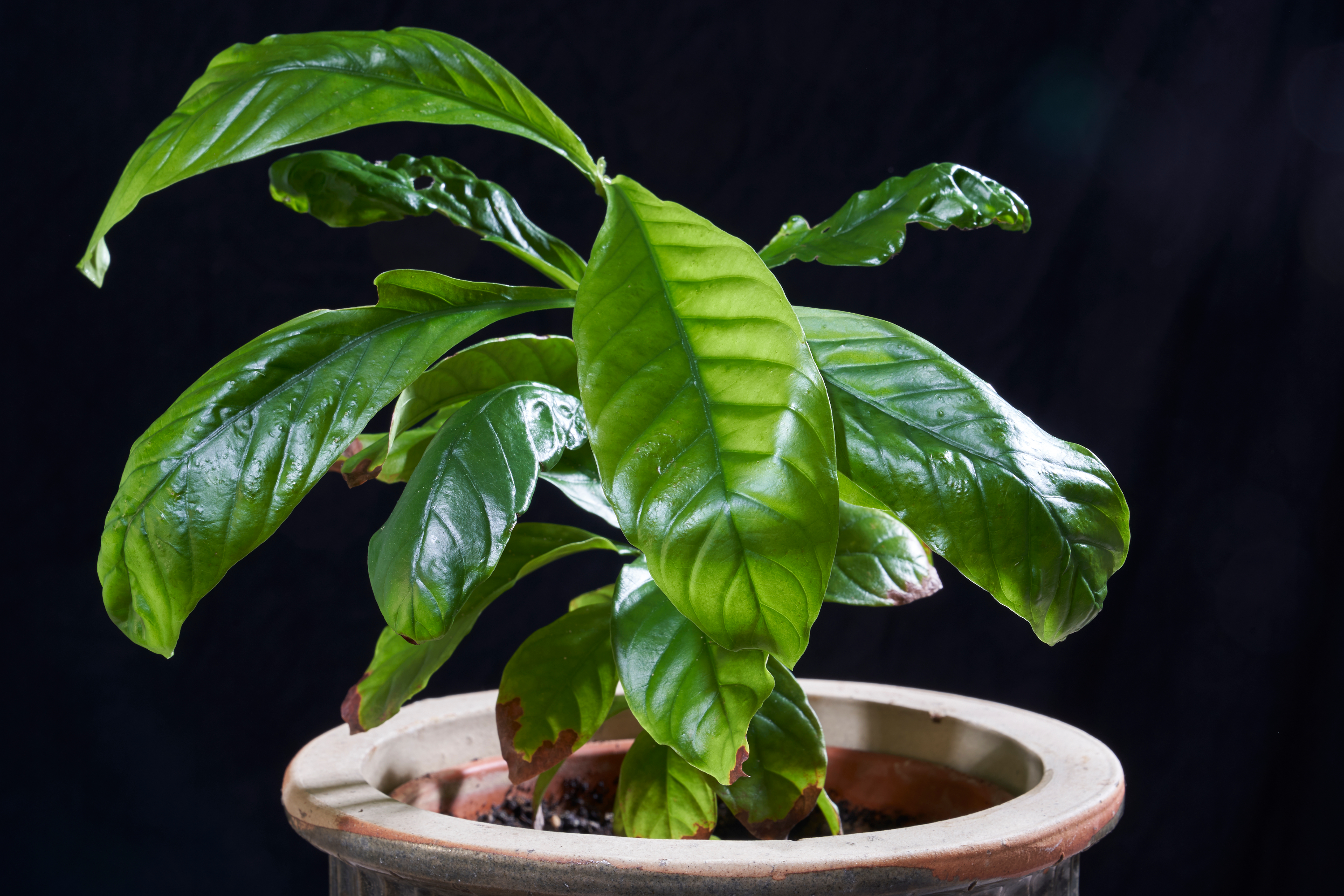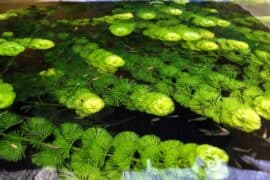Chacruna
(Psychotria viridis)

Description
Psychotria viridis, also known as chacruna, chacrona, or chaqruy in the Quechua languages, is a perennial, shrubby flowering plant in the coffee family Rubiaceae. It is a close relative of Psychotria carthagenensis (a.k.a. samiruka or amiruca) of Ecuador. It is one half of ayahuasca, a decoction with a long history of its entheogenic (connecting to spirit) use and its status as a "plant teacher" among the Indigenous peoples of the Amazon rainforest. P. viridis is a perennial shrub that grows to a height of approximately 5 m (16 ft). Its branches span a diameter of about 2 m (6 ft 7 in) In the middle and lower parts of the stem, situated between the insertion points of the two opposite leaves there is a horizontal scar 0.3–1 mm (0.012–0.039 in) wide that extends between the leaves (or leaf scars) and sometimes also connects over the tops of these scars, and along the top side of this scar there is a dense, usually furry line of fine trichomes (i.e., plant hairs) usually 0.5–1 mm (0.020–0.039 in) long that are reddish brown when dried. This combination of features is diagnostic for many species in the genus Psychotria, though not for any individual species. These features distinguish Psychotria L. Subg. Psychotria; other subgenera of Psychotria lack the well developed reddish brown trichomes inserted above the stipule scars. On the upper stems of P. viridis these features are obscured by a stipule (see below), which covers the trichomes; the scar actually marks the point where this structure has fallen off. P. viridis contains the hallucinogenic—or entheogenic—indole alkaloid dimethyltryptamine (DMT) in levels varying from 0.1% to 0.61% dried mass. It is known primarily as an additive to the ayahuasca brew used in South and Central America. The mechanism of action is via the monoamine oxidase inhibitor (MAOI) present in Banisteriopsis caapi, which allows ayahuasca to be effective in oral doses (unlike smoking DMT crystals which requires no conditioning partner substance). This use was made legal in Brazil in 1992 when B. caapi, P. viridis, and the ayahuasca tea were exempted from the list of illicit drugs. Vegetalistas, healers in the Amazon regions of Peru, Ecuador, and Colombia, recognize different sub-varieties of Psychotria viridis, based on the location of glands on the back of the leaves.
Taxonomic tree:







